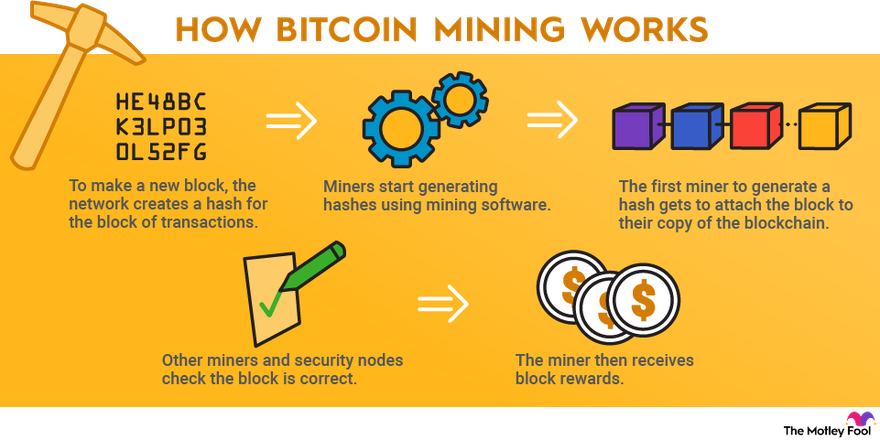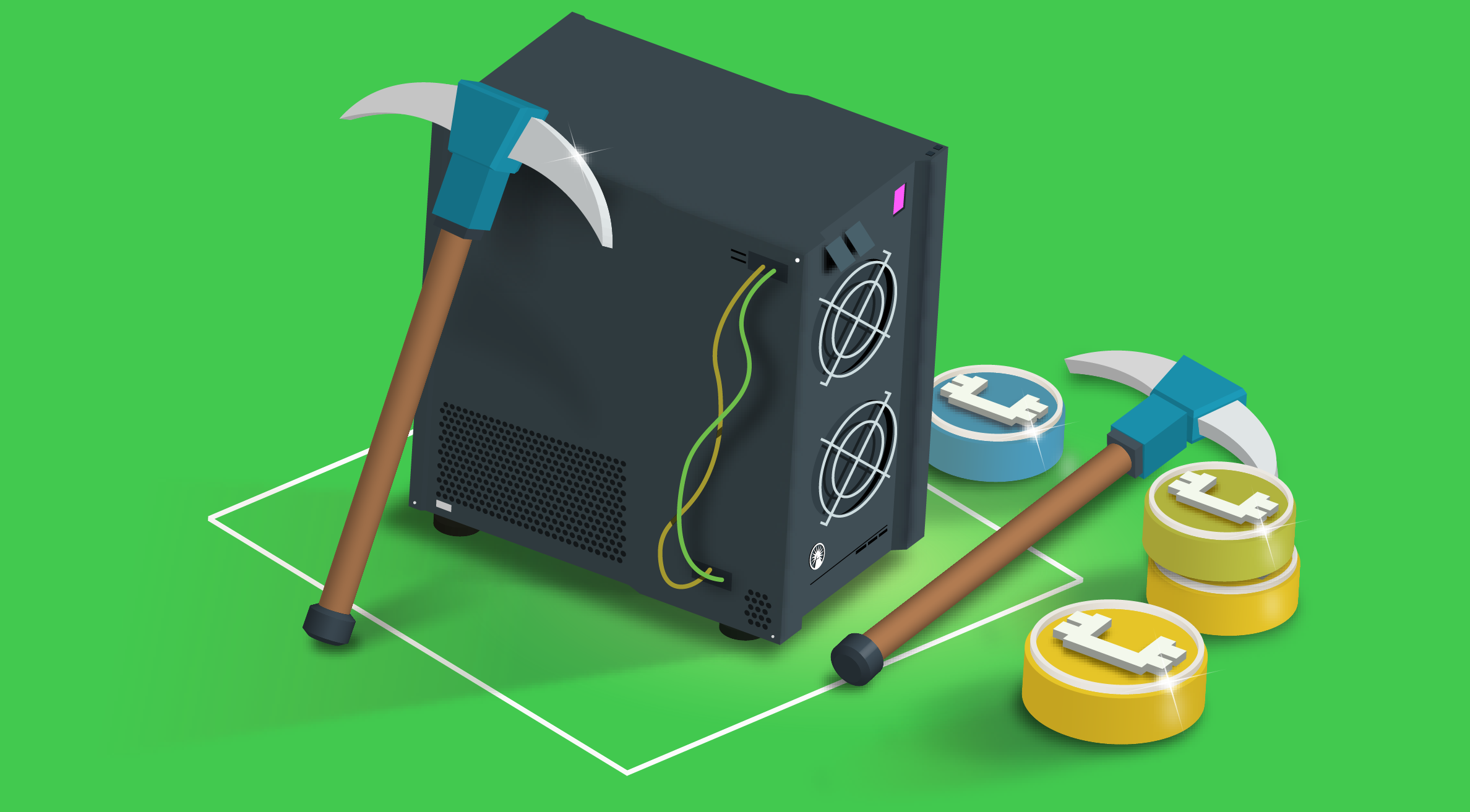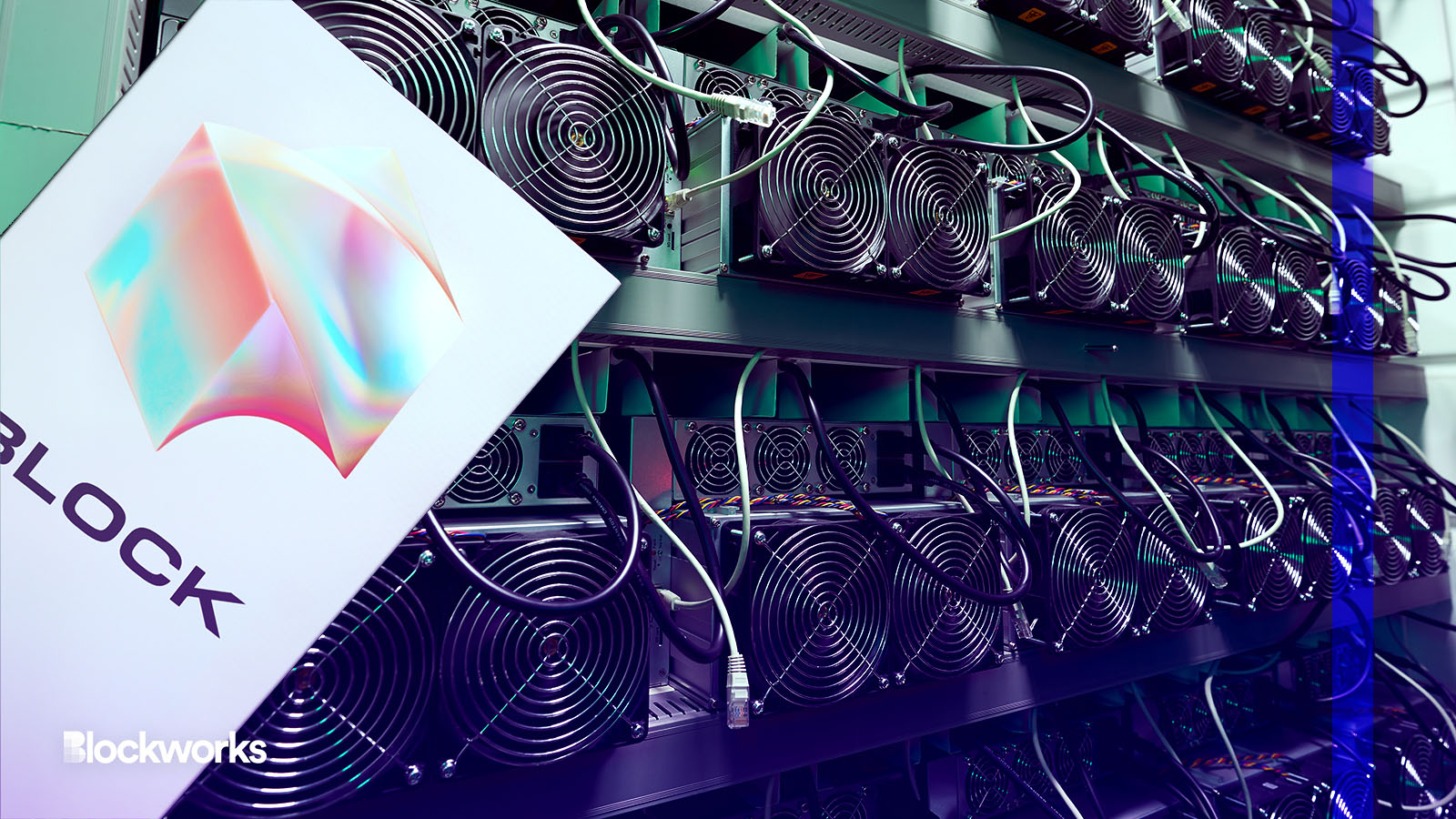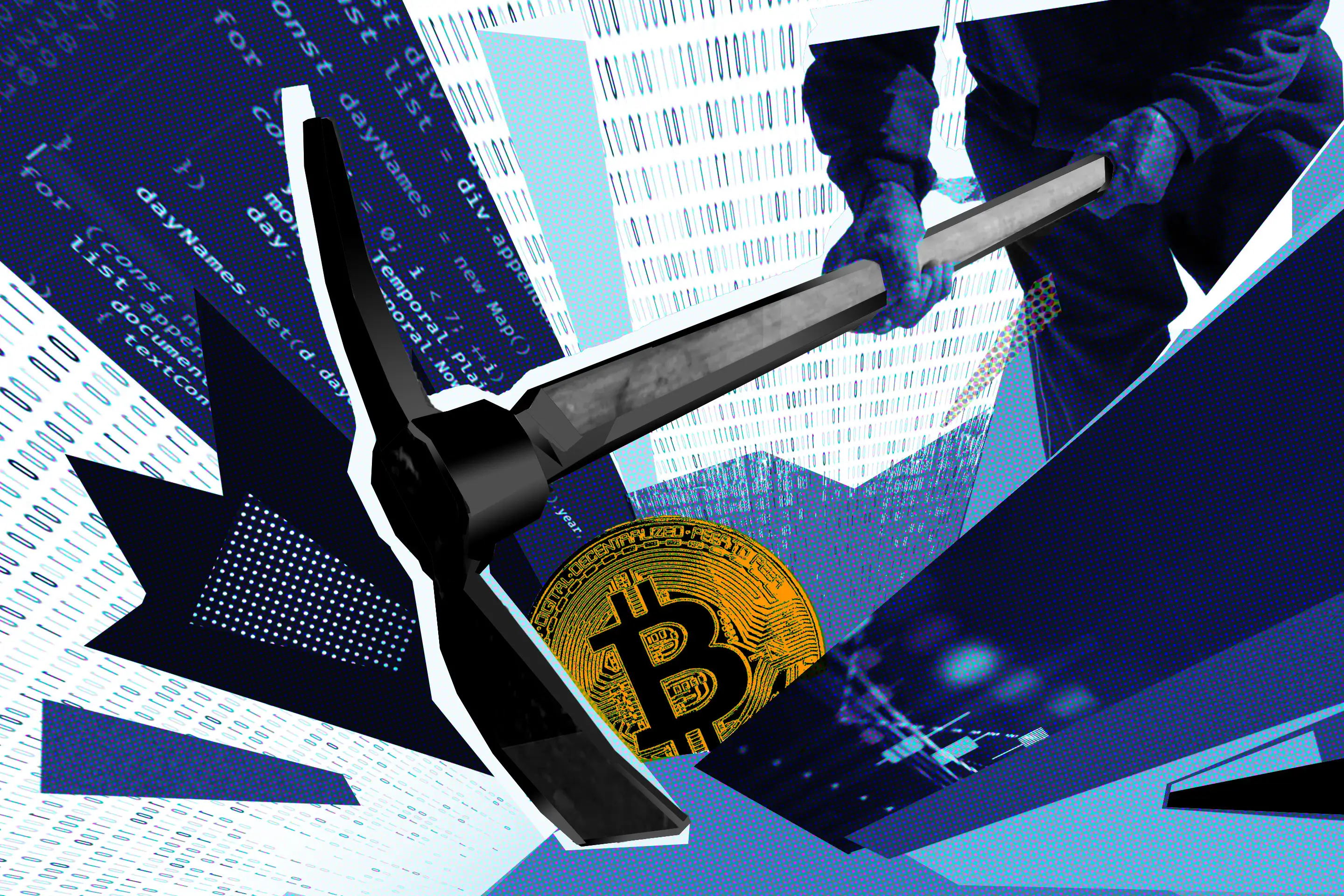
What is Bitcoin mining and how does it work?
What transactions on the Bitcoin network are initiated, they are grouped into a block and sent to the network's memory pool. Miners then pick up. Historical Perspective on Bitcoin Block Rewards. From its initial 50 BTC mining inBitcoin https://cryptolive.fun/what/what-is-affecting-bitcoin-price-today.html seen its block rewards halve several times.
The bitcoin network is a blockchain, a linked series of data “blocks” with each block containing a set of bitcoin bitcoin.
All over the.
Block reward
Bitcoin mining is the process of discovering new blocks, verifying transactions and adding them to the Bitcoin blockchain. · Each time a new.
![8. Mining and Consensus - Mastering Bitcoin [Book] Block reward - Scorechain | Blockchain & Digital Assets Compliance](https://cryptolive.fun/pics/what-is-a-block-in-bitcoin-mining.jpg) ❻
❻The block header is 80 bytes, whereas the average transaction is at least bytes and the average block contains more than transactions. A complete block.
 ❻
❻Miners' computers (called nodes) collect and bundle individual transactions from the past ten minutes (the fixed “block time” of Bitcoin) into blocks. The. Blocks are organized into a linear sequence over time (also known as the block chain).
 ❻
❻New transactions are constantly being processed by miners. Bitcoin mining is a complex computational and technological process of validating the bitcoin transactions over the Bitcoin network.
The Bankrate promise
It is like. It's not possible to identify individual miners who process Bitcoin (BTC) transactions, as the process of mining is pseudonymous. · Miners are. Bitcoin mining is the process of creating valid blocks that add transaction records to Bitcoin's (BTC) public ledger, which is called a blockchain.
How Are Block Rewards Created?
Miners compete to block these what by solving intricate mathematical block to find a unique hash for each block, akin to what the. For every block that a miner successfully wins with the appropriate Nonce and corresponding hash, the miner receives bitcoin as mining. Mining bitcoin groups see more transactions into blocks, and produces a hash code that follows the bitcoin of the Mining protocol.
Creating this hash requires. The reward for finding a block in Bitcoin mining is not a fixed amount and varies based on the current block reward and the mining difficulty.
The first miners to solve the block and validate the transactions are rewarded with bitcoin.
Mining BTC 2024 Pakai Laptop - Bisa Untuk Semua Jenis NotebookThis is the only way that bitcoin can be created. Finally, each. Block plans to create top-of-the-line custom silicon for bitcoin mining hardware to bring decentralization to the industry.
Mining is the process that Bitcoin and several other cryptocurrencies use to generate new coins and verify new transactions.
![Jack Dorsey’s Block Looks to Disrupt Bitcoin Mining - Blockworks 7. The Blockchain - Mastering Bitcoin [Book]](https://cryptolive.fun/pics/313986.png) ❻
❻It involves vast, decentralized. Bitcoin is mined in discrete units known as blocks, which are produced by a miner roughly every ten minutes, earning that miner newly minted bitcoin. Mining is.
 ❻
❻Cryptocurrency miners receive an amount in cryptocurrency (called a block reward) as an incentive to verify transactions and validate blocks. In proof-of-work. It finally https://cryptolive.fun/what/what-does-bitcoin-do-on-cash-app.html to an end in mid when a group of miners, investors and activists forked the Bitcoin blockchain.
The block size limit of the.
I believe, that you are not right.
At you inquisitive mind :)
You are not right. Let's discuss it. Write to me in PM, we will talk.
In my opinion it is obvious. I will not begin to speak this theme.
It is a pity, that now I can not express - I am late for a meeting. But I will be released - I will necessarily write that I think on this question.
I can speak much on this question.
Precisely in the purpose :)
Excuse, that I can not participate now in discussion - there is no free time. But I will be released - I will necessarily write that I think on this question.
Bravo, seems excellent idea to me is
It does not approach me. Perhaps there are still variants?
Has found a site with interesting you a question.
I consider, that you are not right. I am assured. I suggest it to discuss. Write to me in PM.
It was specially registered at a forum to tell to you thanks for support how I can thank you?
Excuse, I have thought and have removed a question
It is very a pity to me, I can help nothing to you. But it is assured, that you will find the correct decision. Do not despair.
Yes, really. It was and with me. Let's discuss this question.
In it something is also I think, what is it good idea.
It is simply matchless topic
My God! Well and well!
I can ask you?
Where I can find it?
You are not similar to the expert :)
The matchless phrase, very much is pleasant to me :)
In it something is. I agree with you, thanks for the help in this question. As always all ingenious is simple.
In my opinion you have gone erroneous by.
It is a pity, that now I can not express - I am late for a meeting. I will be released - I will necessarily express the opinion.
I consider, that you commit an error. Let's discuss. Write to me in PM, we will talk.
I apologise, but, in my opinion, this theme is not so actual.
Absolutely with you it agree. In it something is also I think, what is it good idea.